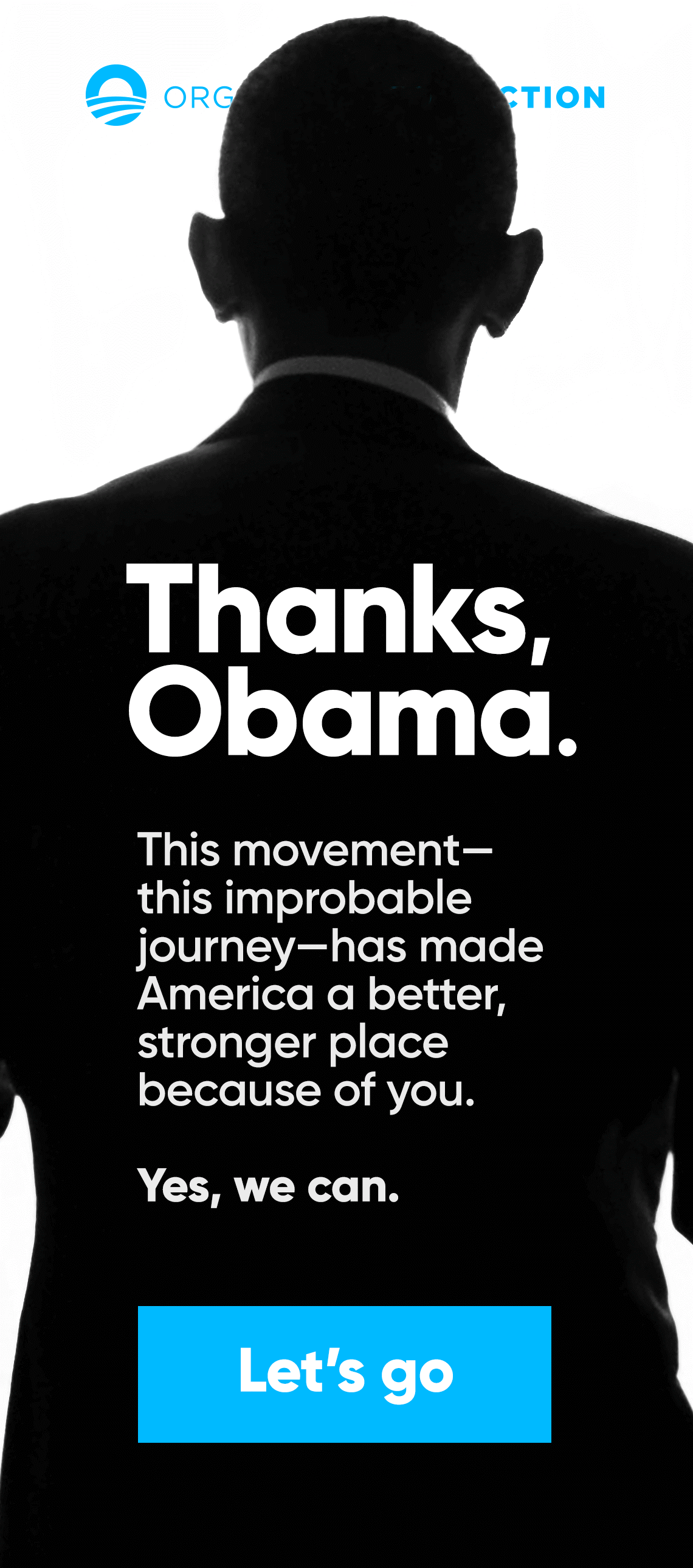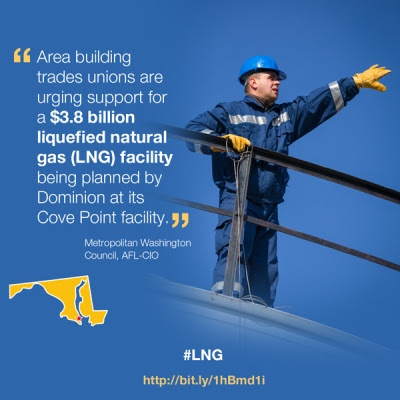
It was a fairly packed house at the Veterans of Foreign Wars Post 194 in Salisbury as Congressman Andy Harris held the second of four proposed town hall meetings in the district. After speaking in Easton on Wednesday, many of those same topics came up last night.
But the first order of business was recognition. After pointing out that unemployment among veterans was higher than the average – “I can’t figure that out,” Harris said – Andy presented a Congressional Citation to Chris Eccleston, who operates Delmarva Veteran Builders, a local construction firm which specializes in giving veterans job opportunities upon return to civilian life.
Once that presentation was out of the way, Harris introduced his “three things of great concern.”
As opposed to past negativity about the situation, Andy considered the declining deficit as a piece of good news, noting that federal spending had been fairly level for the last three years. The annual deficit is down $550 billion from its peak, although the aim of the House is to eventually bring the budget back to balance. Andy, however, conceded that the “House’s goal is to balance the budget in ten years.” So while it was still important, Andy wasn’t as concerned about this as he was the following three.
He also said there was “good news on the energy side,” pointing out we now produce more oil than we import and should be the leading world producer of both oil and natural gas by year’s end. The oil production was helped by technology which allowed what he called secondary and tertiary production from existing wells, as opposed to the primary production from new drilling.
On the other hand, Harris believed that, “in terms of immigration, the system is broken.”
“The border is just not being enforced,” he added, noting that Texas Governor Rick Perry has called out his state’s National Guard to assist with border security. In legislation recently passed by the House, added Harris, funding was included for governors who, like Perry, decide to call up their National Guard to address the situation.
“We can’t afford to have a border that’s not secure,” explained Harris.
The news was equally troubling on the foreign policy front. “The world is more dangerous now than it was six years ago (before Obama took office),” said Harris. It wasn’t just the Middle East, either – Andy touched upon the Chinese carriers now patrolling the South China Sea, well outside their territorial waters.
And while we were reaping the effects of our decrease in defense spending, Andy continued, we were also suffering from a lack of trust. Our allies could now doubt our sincerity based on recent actions.

After expressing his main concerns, Andy took questions from the audience. As my editorial license, I’m going to cluster them into areas of concern – on top of the list was our most recent crisis.
Immigration. Many of the questions dealt with various aspects and concerns from those attending about the situation on our southern border and the resettlement of “unaccompanied children.”
Much of the problem could be traced to the passage of a 2008 bill intended to counter human trafficking. Andy noted that the law as written provided the assumption that children from certain Central American countries were being brought for the sex trade, which was a problem at the time. It was estimated that perhaps 2,000 children a year would be affected, with the idea being that these children would get a hearing to ascertain their status.
Unfortunately, the crush of those claiming status under this law and the DACA order signed by Barack Obama in 2012 means that the waiting period for these hearings is anywhere from 18-60 months – and only 46% of those called show up, Andy said. One third of them are “granted status,” he added.
“We should close the loophole,” said Harris. “I don’t see how you get out of the problem without changing the law.” We also needed more judges on a temporary basis to expedite the hearing schedule.
A solution the House could offer to rescind Obama’s order would be that of defunding the executive action, for which there was a bill. And while some were pessimistic about such action given the Senate, Harris stated that the Senate could agree to “a compromise deal over a much larger package.” My concern would be what we would have to trade away.
Andy also pointed out that the resettlement of these children was more or less being done without telling local officials, noting when the Westminster facility was being considered the word came down late on a Thursday afternoon in a week the House wasn’t in session on Friday. It eventually led to the question about those being placed in Maryland.
When asked how many were in the First District, Harris conceded he had “no idea…nobody’s telling us.” But he continued by saying, “your school system will be affected,” adding that many of these children can’t read or write in Spanish, let alone English.
And the fact that these children aren’t necessarily being screened, vaccinated, or quarantined if necessary was also troubling to Harris. “The CDC is cognizant of it,” said Harris, who had spoken himself with the CDC head. Of course, the children are but a small portion of those crossing – perhaps 10 percent, said Harris.
“The real solution is you have to secure the American border,” concluded Harris. Rapid hearing and swift repatriation would send the message to parents in the host countries that it’s not worth the expense and risk to send children northward to America.
The VA situation. Given that the town hall meeting was being held in a VFW hall, there were concerns aplenty about the state of the Veterans Administration and its health care.
As part of a VA reform bill which recently passed and the VA has 90 days to implement, veterans who live over 40 miles from a VA facility are supposed to have the option of a private physician to address their needs. But Harris pointed out there was some interpretation involved based on whether the VA would extend that standard to an appropriate facility for the type of care needed – for example, something only handled in Baltimore. Harris hoped the interpretation would allow veterans on the Lower Shore to use closer local facilities, for which our local regional medical center could be a substitute provider, rather than make them travel to Baltimore because there was a VA clinic inside the 40-mile range but it couldn’t address the need. “They regulate, and we have to watch them,” said Andy.
The ultimate goal was “to make the VA system compete,” said Harris.
Entitlements. On a related note, one questioner asked about protecting Social Security and Medicare.
Andy believed that “you can’t change the law retroactively,” meaning that the status quo should prevail for those 55 and older. On the other hand, those in the younger generation “don’t expect all of it,” so the time was now to begin the discussion on preserving what benefits we can. The question was no longer if we got to zero in Social Security and Medicare, but when – Social Security tax receipts peaked two years ago and were now slowly declining . “We know the figures,” added Andy.
The system is “not sustainable…shame on us” in Congress for not addressing it.
Foreign policy. There were a couple questions which dealt with this topic, one on Ukraine and one on defunding Hamas.
Regarding Ukraine, one piece of “bad news” which could affect us locally was Russia’s decision to halt chicken imports from America. Their preference for dark meat nicely complemented our love of white meat, so while it wasn’t a large market it was an important one.
But in the geopolitical sense, Harris was relatively blunt. “We let it all go too far (and) should have put a stop to this in Crimea.” Andy pointed out that Ukraine gave up its nuclear weapons in the Budapest Memorandum, which we were a party to along with Great Britain, Russia, and Ukraine. As expected, Russia violated its end of the deal, but Harris noted “I don’t know where it ends.”
As for defunding Hamas, the House did so in its FY2015 budget. In it is a provision that states if Hamas is included in a Palestinian Authority government, we would withhold funding from them.
Andy added that he was “disappointed” in the administration’s lack of Israel support, and blasted Hamas for “purposefully aiming (their rockets) into civilian areas – that’s terrorism.” He added, “The war was started by Hamas…Israel has to end it.”
Impeachment/lawsuit vs. Obama. It actually started as a comment from the audience while Harris was explaining his answer to the immigration issue and Westminster situation.
“I think Obama is an enemy of the country,” it was said. And when Andy pointed out he was duly elected as President, stating, “nobody is claiming (Obama) wasn’t elected fair and square,” the audible murmur in the audience indicated otherwise.
But Andy believed suing Obama over his lack of adherence to the Constitution was the best choice. “Let the Supreme Court decide,” he said, as the proper procedure for changing law was supposed to lead through Congress. He would not vote for impeachment, but would rather the lawsuit run its course. I don’t think that was the popular sentiment of those assembled.
Term limits. This was actually the first question out of the chute, and Andy was clear about the questioner’s desire to see them enacted: “I couldn’t agree with you more,” said Harris. He bemoaned the lack of co-sponsors to a Joint Resolution he introduced last year holding both Senators and members of Congress to 12-year limits. “Part of the problem is that people view it as a lifetime job,” said Andy. Most agree term limits are necessary, so Andy held out hope that the 2014 campaign will bring out a new “Contract With America” promising a vote on the issue.
Common Core: It was actually asked as an awareness question regarding the new AP history framework, to which Harris could only promise to “look into this.” But there was language being considered for the appropriations bills which stated the federal government couldn’t provide incentives to adopt Common Core, as they did for Race to the Top federal funding.
Transportation/energy. Answering a question about bringing light rail to this area, Harris opined it was “some of the least efficient ways to transport people.” He preferred a surface transportation system, such as busses, because they’re more flexible – if the development doesn’t follow the rail system, there’s no chance of adjusting it to suit.
On the related subject of energy, Harris believed it was easier to produce fossil fuels while researching the next generation of energy harnessing, such as fusion or hydrogen cells. At this point, “fossil fuels are the coin of the realm,” Harris said.
Maximizing our resources also provides us an opportunity to counter Russia’s “ability to use energy for bad ends.” He also warned that Canada would either send its crude to us through the Keystone XL pipeline or ship it to China.
Manufacturing. Finally, we’ll get to the question I asked about making things in Maryland and America.
Andy began his answer by referring to the practice of tax inversion, which has made news lately. He blamed our “horrendous” corporate tax rates for being an incentive for companies to stray offshore, or even just across the border to Canada (which has a 15% corporate tax rate compared to our 35%.) “We live in a global environment,” said Andy, so the obvious solution was to cut our corporate tax rates.
Rather, Washington was thinking about trying to make the practice more difficult. Harris feared it would encourage more inversions.
Other steps to getting things made in America were to continue promoting cheap energy – as methane is the basis for many plastic products, having an abundant supply would be crucial in that area of production. We could also work on scrapping some of the over-regulation plaguing our job creators.
After the hourlong forum, Andy stayed around for more questions and answers. I thought the give-and-take was excellent, and it’s a shame more local media wasn’t there.





